19 Household Items That Don’t Belong In A Boomer’s Home Anymore
Remember when landline phones and paper maps were must-haves in every home? It’s crazy how much things have changed.
Technology has completely reshaped the way we live, and some of those once-essential items just don’t have a place in our modern homes anymore. For many Boomers, it might be time to let go of a few nostalgic possessions that have outlived their purpose.
From the trusty landline to the map collection gathering dust, it’s all part of evolving with the times and making space for new, more efficient ways of living. It’s not about forgetting the past, just moving forward.
1. Bulky Phone Books
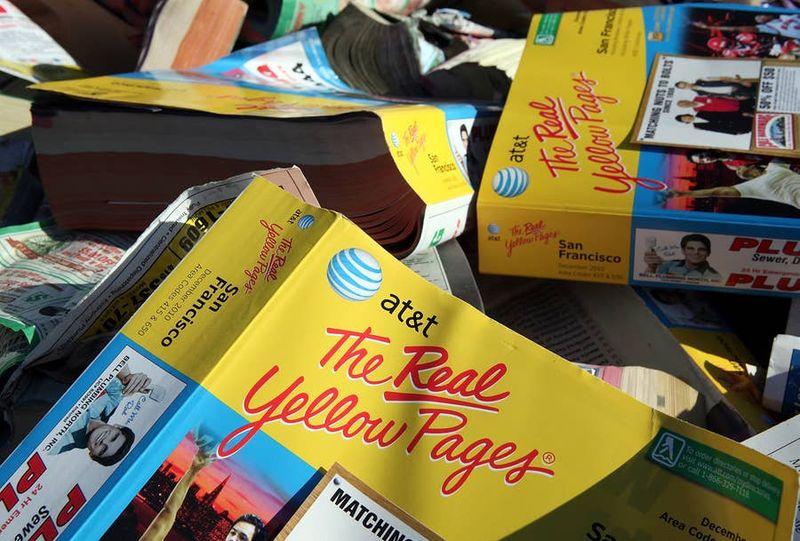
Who actually thumbs through these massive paper bricks anymore? Once the holy grail of contact information, phone books now serve as impromptu booster seats or doorstops at best.
The digital age has rendered these yellow-paged behemoths extinct. Your smartphone contacts and a quick Google search accomplish in seconds what used to require flipping through hundreds of thin pages.
Consider recycling these space-wasters and freeing up that drawer or cabinet shelf for something you’ll actually use this decade.
2. Fax Machines
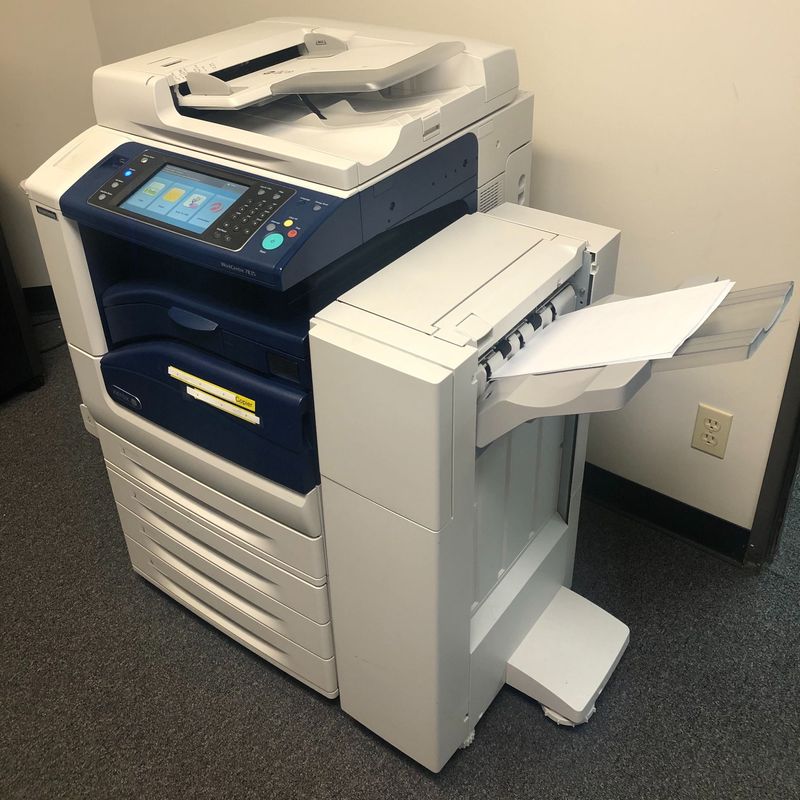
When was the last time you actually sent a fax? These clunky communication dinosaurs gobble up electricity while providing a service virtually nobody requests anymore.
Though once revolutionary, the fax machine has been outpaced by email, digital signatures, and scanning apps on your phone. Even doctors’ offices, the last fax machine stronghold, are finally moving to digital systems.
Unplug this relic and reclaim both your desk space and a bit of your electric bill!
3. Cassette Tape Collections
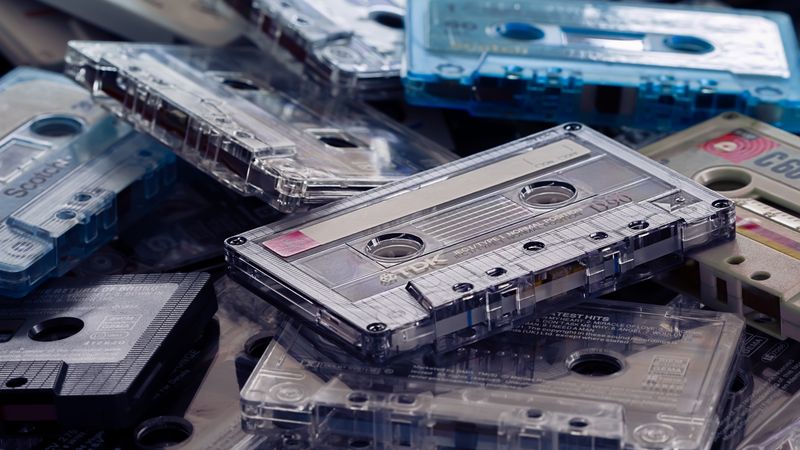
If you’re still hoarding those mixtapes from 1982, it might be time for an intervention. Those plastic rectangles filled with magnetic tape aren’t just outdated, they’re actively deteriorating in quality every year they sit in your basement.
Remember the joy of unwinding tangled tape with a pencil? Yeah, neither does anyone born after 1995. Music streaming services now offer instant access to virtually every song ever recorded, without the hiss, pop, or sudden unwinding disasters.
Keep one or two for nostalgia if you must, but that milk crate full of Bee Gees and Chicago tapes? Time to let go.
4. Rolodex Card Files
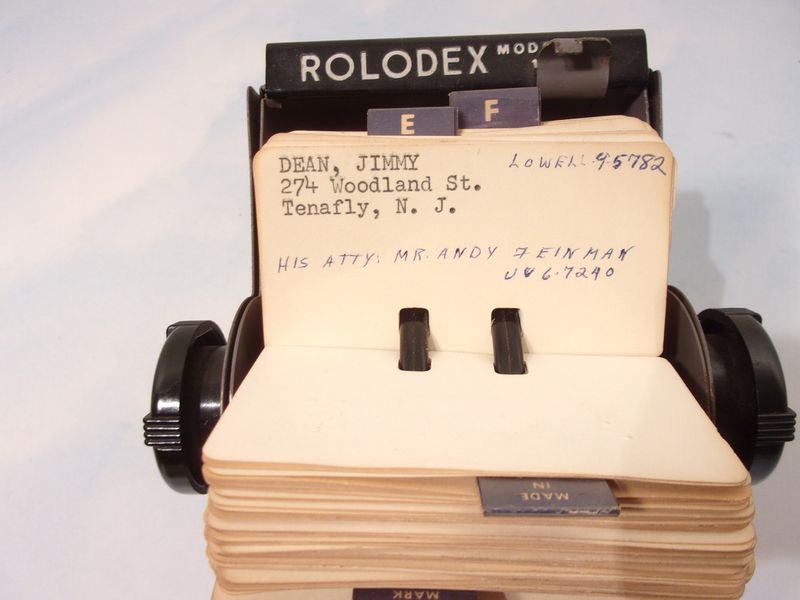
Spinning through those little cards might trigger warm memories, but when’s the last time you actually updated your Rolodex? These rotating contact keepers once dominated desktops everywhere, a physical Facebook of business connections.
Though there’s something satisfying about flipping through alphabetized cards, your smartphone contacts sync automatically across devices and never need rewriting when someone moves. Digital contacts update instantly and never get coffee stains or torn edges.
Maybe snap a photo of your favorite handwritten cards for posterity before sending this space-taker to retirement.
5. Encyclopedias Taking Up Entire Shelves
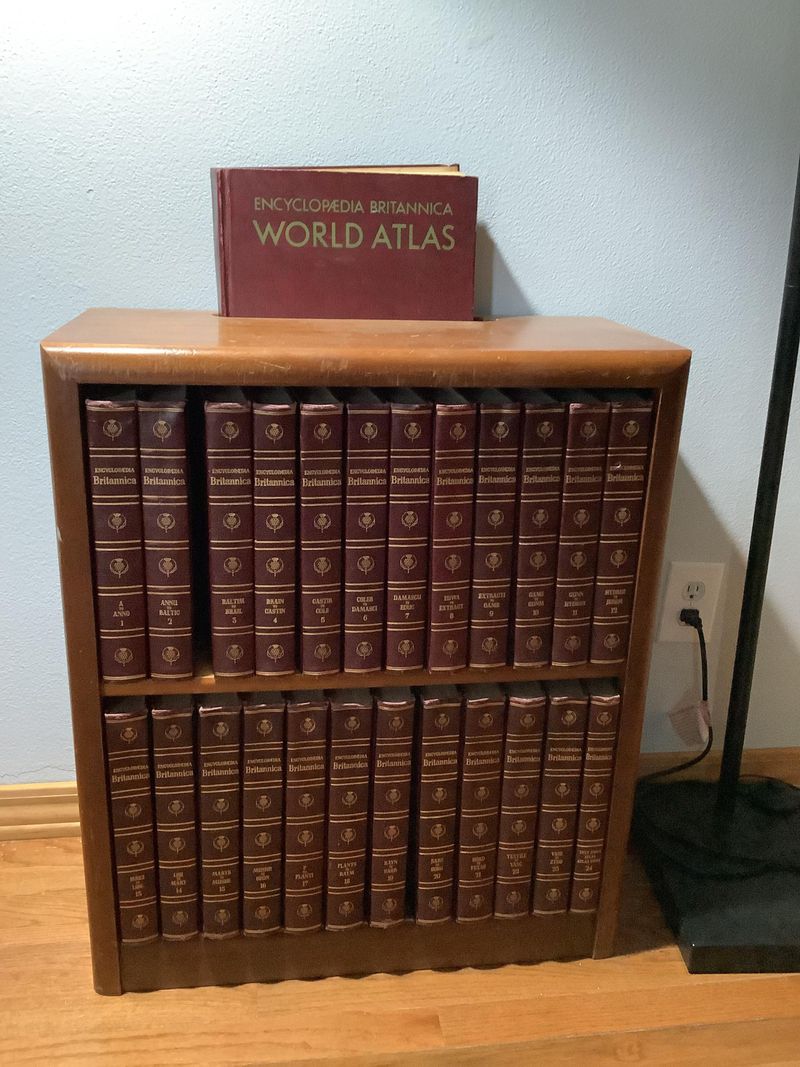
Those impressive leather-bound volumes might have cost a small fortune back in the day, but Wikipedia just called, it wants to save your bookshelf space.
Entire walls dedicated to alphabetized knowledge now seem charmingly quaint when the sum of human information fits in your pocket.
While they once symbolized intellectual status, encyclopedias contain information that’s frozen in time. Keep a volume or two as decorative nostalgia if you must, but donate the rest to free up your living space.
6. VHS Tape Libraries
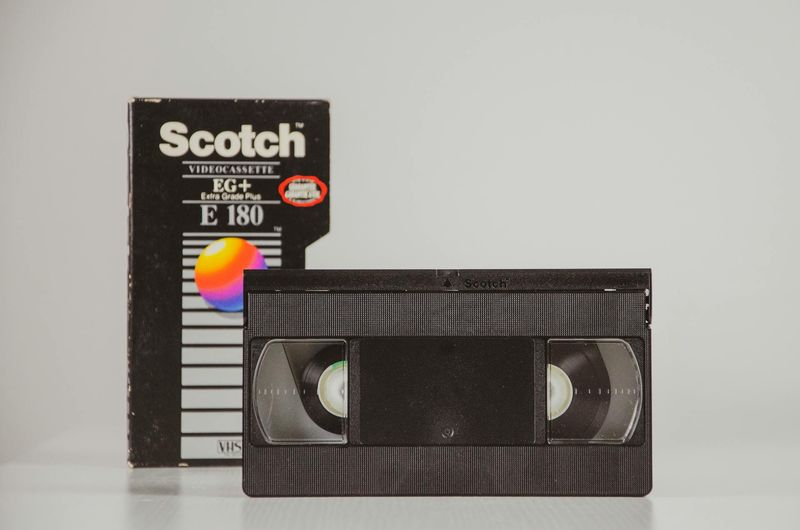
“Be Kind, Rewind” was once household gospel, but those plastic rectangles housing your favorite movies are now just taking up valuable storage space.
Unless you’ve maintained that VCR (and when was the last time you saw one of those for sale?), these tapes are essentially useless rectangles of nostalgia.
Sometimes Boomers hold onto recorded family moments, not realizing these magnetic tapes degrade over time. That Christmas 1988 recording is likely already showing color loss and tracking issues.
7. Landline Telephones With Cords
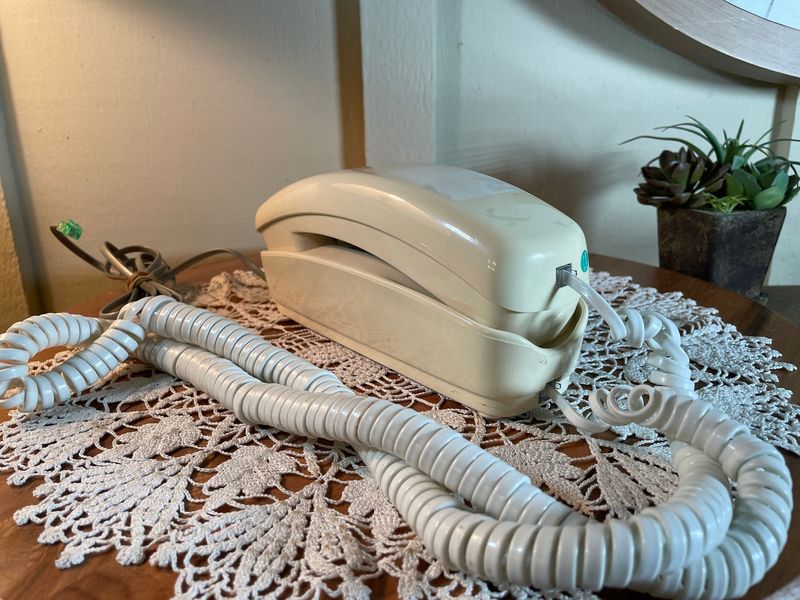
Remember stretching that coiled cord into another room for privacy? Or accidentally yanking the entire phone off the table during an animated conversation? Those days are history!
Landlines with physical cords now seem like museum pieces to younger generations. They’re fixed to one location, can’t take photos, don’t store contacts, and, most bewildering to Gen Z, you can’t even text with them!
While some keep landlines for emergencies, that wall-mounted rotary with the 20-foot cord tangling everything in its path can definitely join the dinosaurs.
8. Paper Road Maps And Atlases

Unfolding those massive paper puzzles in the passenger seat was practically an Olympic sport! Road trips required navigation skills, planning, and the inevitable arguments about whether you missed that turn three miles back.
GPS has revolutionized travel by eliminating the need for these cumbersome guides. Digital maps update automatically, reroute when you take a wrong turn, and never need to be refolded along those impossible creases.
If you’ve still got a glove compartment stuffed with maps from your 1997 cross-country adventure, it’s time to reclaim that space for something more 21st century.
9. Unused China Sets

Ah, the sacred dining room cabinet, where the “good china” sits imprisoned behind glass doors, waiting for that special occasion that somehow never arrives! These precious plates and teacups often survive decades without feeling the warmth of actual food.
Modern families have embraced more casual entertaining styles. Those formal 12-piece place settings with matching gravy boats and butter dishes rarely align with contemporary lifestyles.
If you haven’t used your china in years, consider keeping just a few favorite pieces and liberating yourself from dust-collecting dishes that induce more guilt than enjoyment.
10. Massive CD Collections
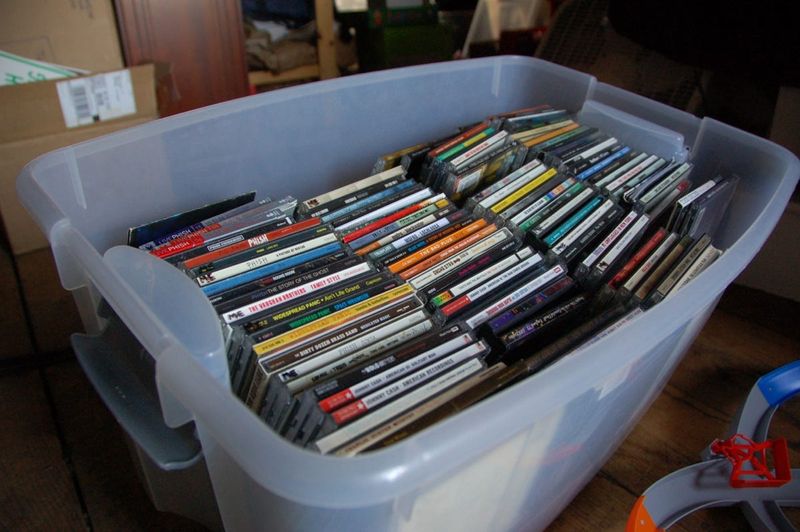
Those alphabetized towers of plastic jewel cases once showcased your musical taste and financial commitment to favorite artists. Now they’re just shiny plastic discs gathering dust while you stream everything through your phone.
Though CDs offered better sound than cassettes, they scratch easily and require physical storage space. Today’s streaming services offer instant access to millions of songs without cluttering a single shelf.
If you’re emotionally attached to album artwork, keep a handful of favorites but consider donating or selling the rest to someone who’ll appreciate them more than your closet does.
11. DVD and VHS Movie Libraries
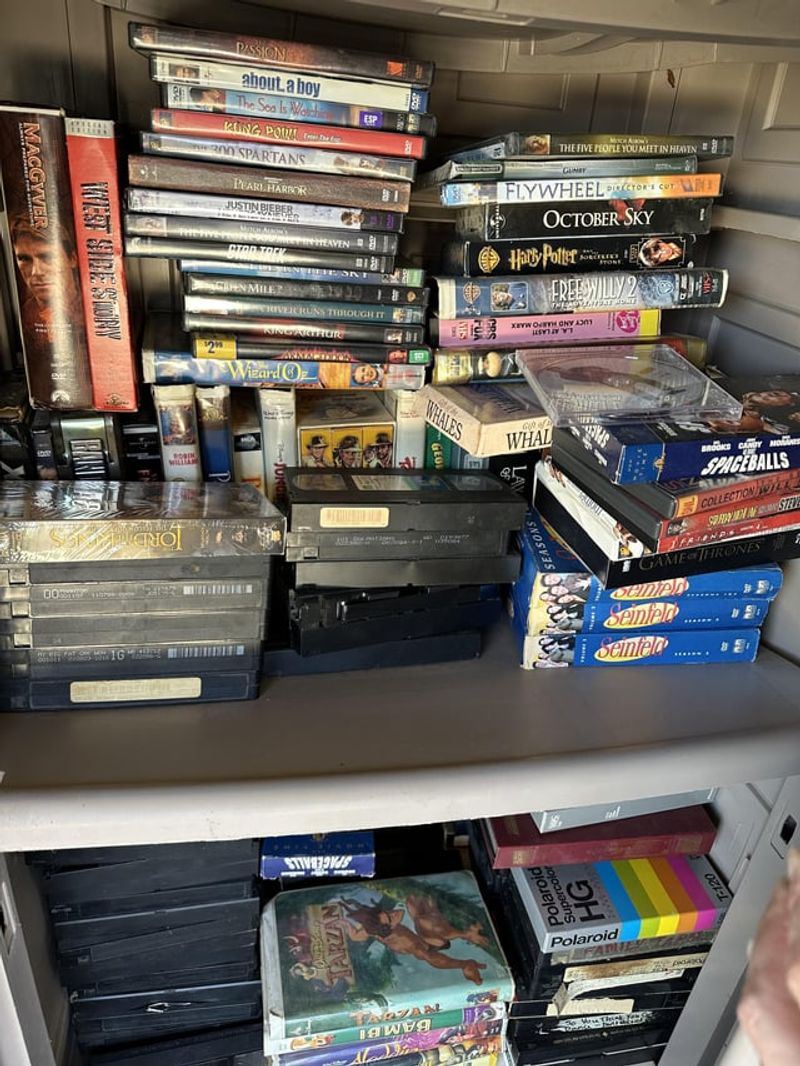
Those carefully curated shelves of movie titles once represented serious investment and entertainment pride. Now they’re mostly redundant rectangles taking up valuable living space while you watch Netflix.
Sure, physical media doesn’t buffer during internet outages. But be honest, when was the last time you actually pulled out a DVD instead of scrolling through streaming options?
The convenience of digital libraries has made these physical collections increasingly impractical. Unless you’re a serious cinephile with rare titles unavailable online, it might be time to streamline your entertainment footprint.
12. Unused Exercise Equipment
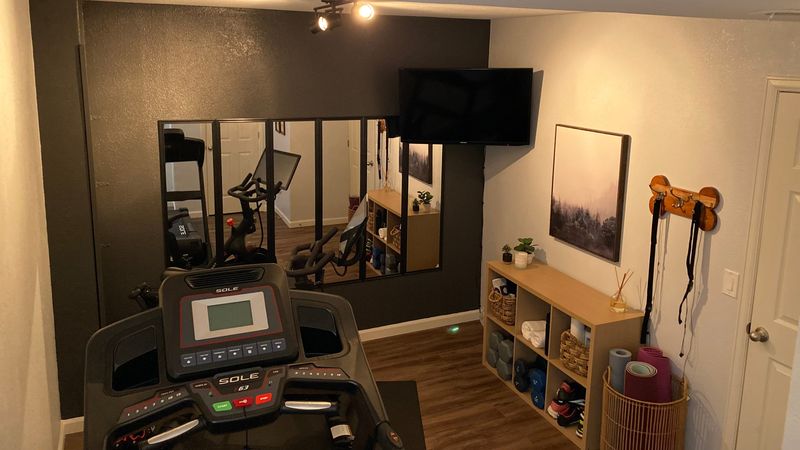
That treadmill transforming into an expensive clothes rack wasn’t part of your fitness plan! Bulky home exercise equipment often represents good intentions that gradually fade into dust-collecting monuments of guilt.
Modern fitness approaches favor bodyweight exercises, smaller multi-use equipment, or app-guided workouts requiring minimal space. That massive weight bench occupying half your spare bedroom might be better replaced by a yoga mat and resistance bands.
If your NordicTrack hasn’t tracked anything but dust bunnies lately, consider reclaiming that square footage for something you’ll actually use regularly.
13. Wall-Mounted Telephones In The Kitchen
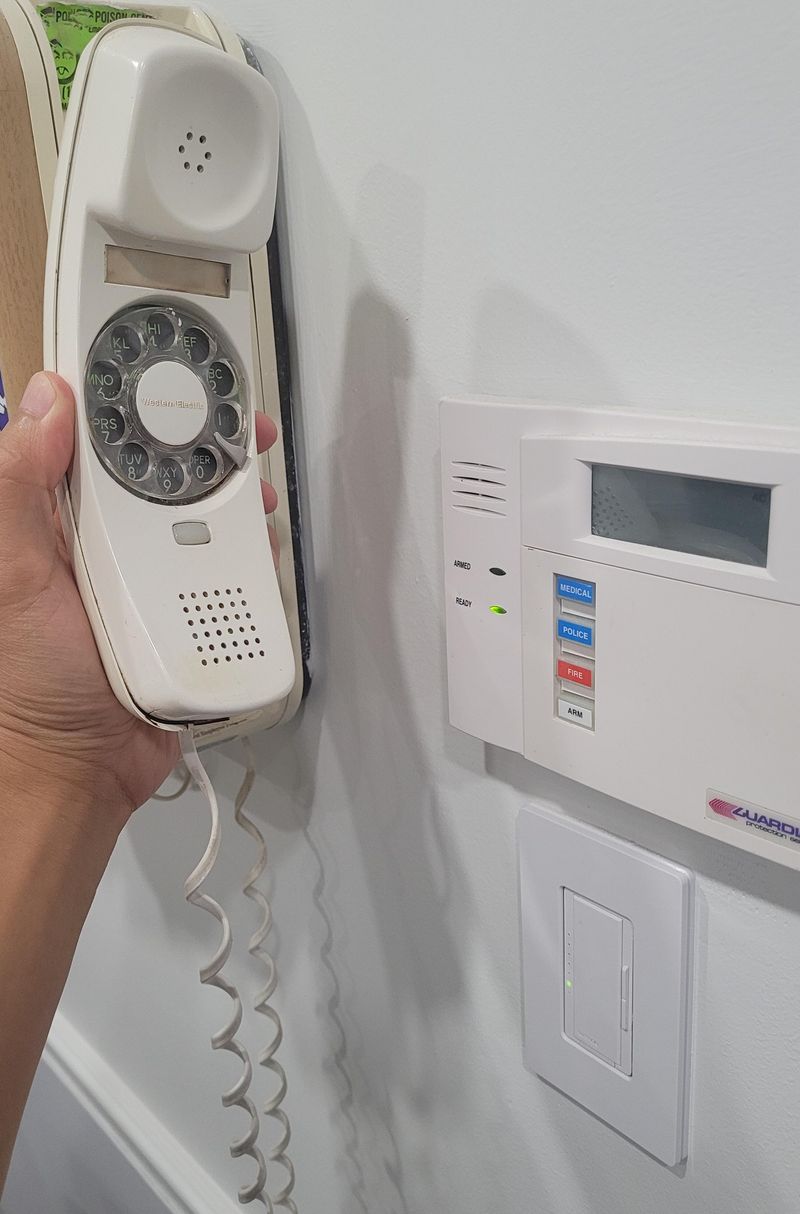
That beige or avocado-green wall phone with the extra-long cord was once the home’s communication hub. Everyone gathered around while mom talked to grandma, the cord stretched to its limits as she simultaneously stirred dinner.
These kitchen fixtures have largely disappeared as mobile phones eliminated the need for dedicated calling stations. The idea of being tethered to one spot for a conversation seems almost quaint now.
While there’s nostalgic charm in these kitchen classics, they’re essentially decorative in an age where calls follow us everywhere. Time to patch that wall!
14. Massive File Cabinets Full of Paper
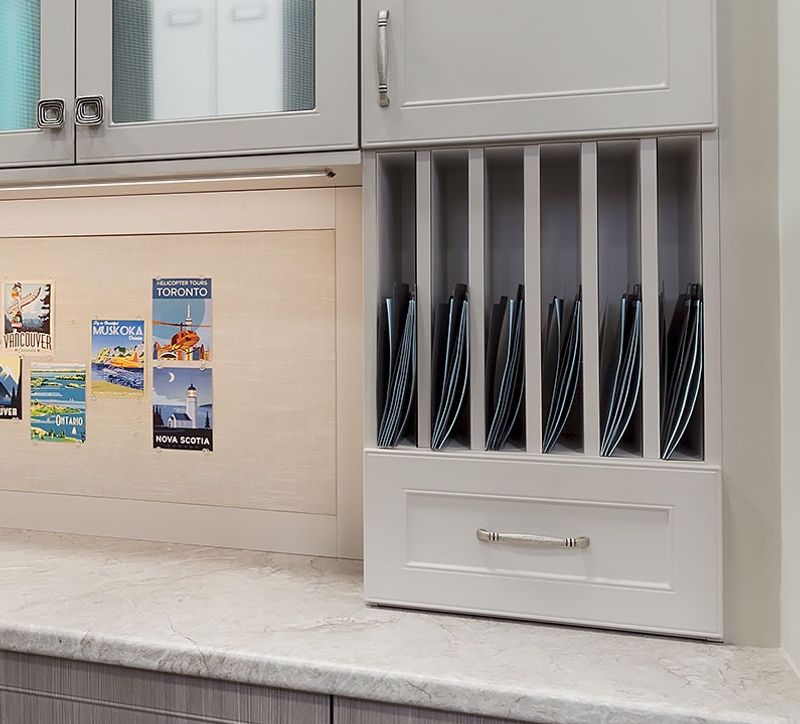
Those metal monsters lurking in home offices nationwide contain decades of tax returns, instruction manuals for appliances you no longer own, and receipts faded beyond recognition. Yet somehow, we keep feeding these paper-eating beasts!
Digital storage has revolutionized record-keeping. Cloud backups, searchable PDFs, and scanner apps mean most paper documents can be securely stored without consuming physical space.
Consider digitizing essential documents, shredding the unnecessary ones, and reclaiming that corner of your home office currently occupied by 1987’s electric bill stubs.
15. Extensive Magazine Collections
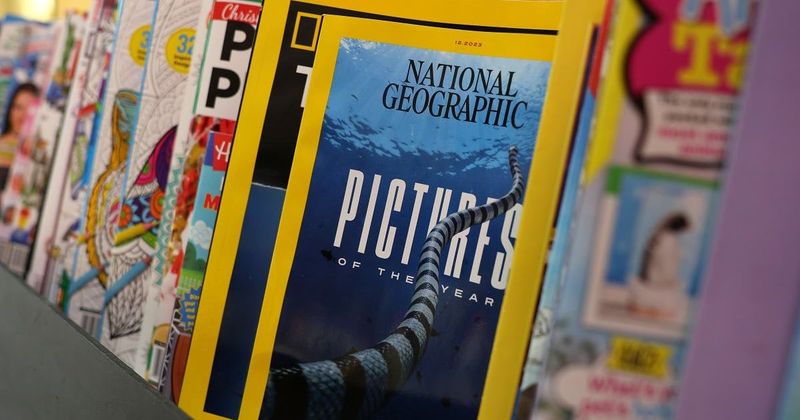
Magazine collections often represent knowledge we’re reluctant to discard, despite never actually referencing them again.
Most major publications now offer digital archives of past issues. The photographs and articles you’re preserving are likely available online in better quality than those fading paper copies.
Keep a few issues with special meaning if you must, but those boxes in the attic? They’re just slowly decomposing while taking up valuable real estate.
16. Oversized Analog TVs

Those hulking cathode-ray behemoths once dominated living rooms nationwide, weighing as much as a small car and requiring furniture specifically designed to support them.
Beyond their enormous footprint, these TVs consume shocking amounts of electricity compared to modern flat screens. They also can’t connect to streaming services or display high-definition content that’s now standard.
If you’re harboring one of these electronic anchors “just in case,” it’s time to admit the emergency requiring a 75-pound TV with rabbit ears will never arrive.
17. Corded Electric Alarm Clocks
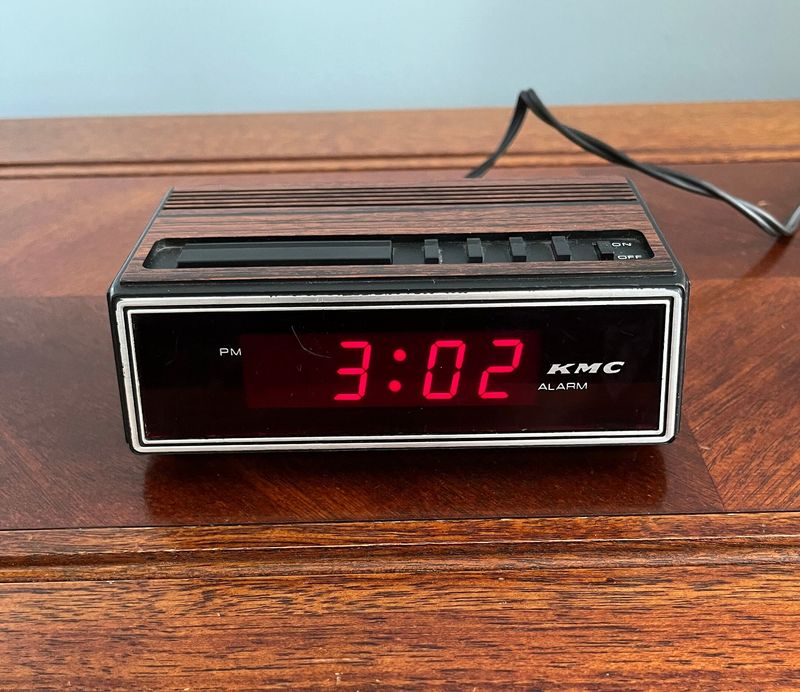
The red glowing numbers of bedside alarm clocks once guided late-night bathroom trips and morning wake-ups. Their persistent blinking after power outages became a universal symbol of minor household frustration.
Smartphones have largely replaced these single-purpose devices, offering customizable alarms, gradually brightening wake-up lights, and no need to reset after power blips. Modern options also track sleep patterns and integrate with smart home routines.
While there’s something nostalgic about physically slapping a snooze button, these bedside monuments to bygone technology are increasingly unnecessary space-takers.
18. Massive Desktop Computer Towers
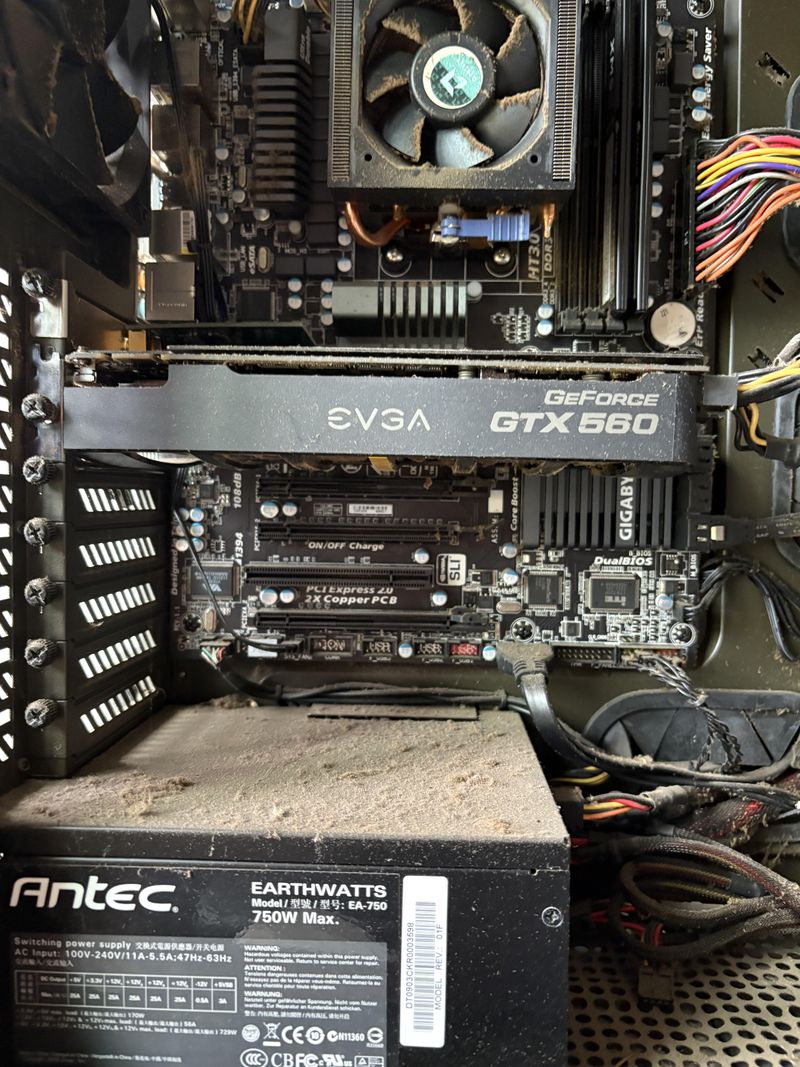
Those beige or black monoliths are primarily dust-gathering monuments to computing history, complete with CD-ROM drives and floppy disk slots nobody uses.
Modern computing has shifted toward laptops, tablets, and all-in-one systems with vastly smaller footprints. Even for power users, today’s compact systems offer more computing capability than those room-heating towers of yesteryear.
Unless you’re running specialized software that absolutely requires that 2005 desktop beast, it’s probably time to recycle it and reclaim both floor space and energy efficiency.
19. Answering Machines
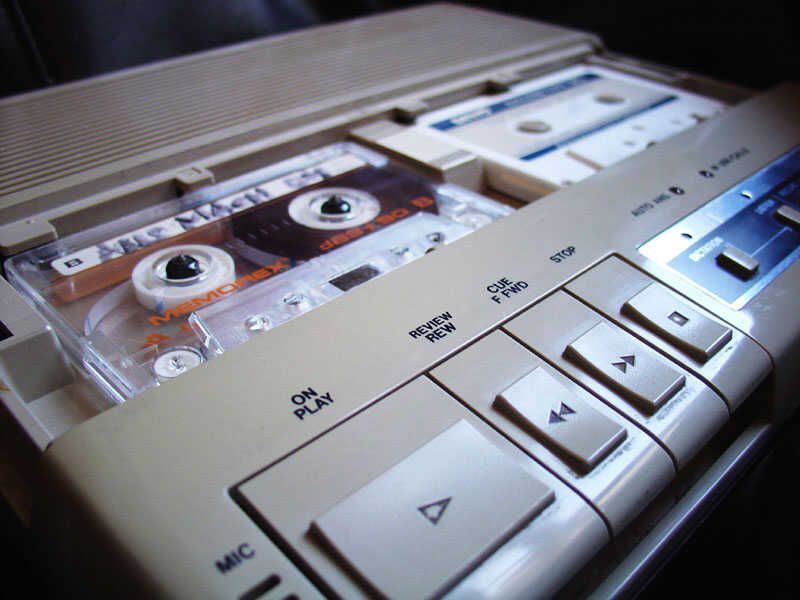
“You’ve reached the Johnsons. We can’t come to the phone right now…” These little tape-recording devices once served as household communication gatekeepers, capturing messages with varying degrees of clarity.
Voicemail services and smartphones have completely eliminated the need for separate answering machines. Digital voicemail offers remote access, automatic transcription, and no tiny cassettes to manage.
If you’re still maintaining one of these plastic message-catchers from 1994, complete with its custom outgoing greeting that took seven tries to record properly, it’s definitely time for an upgrade, or just retirement.







